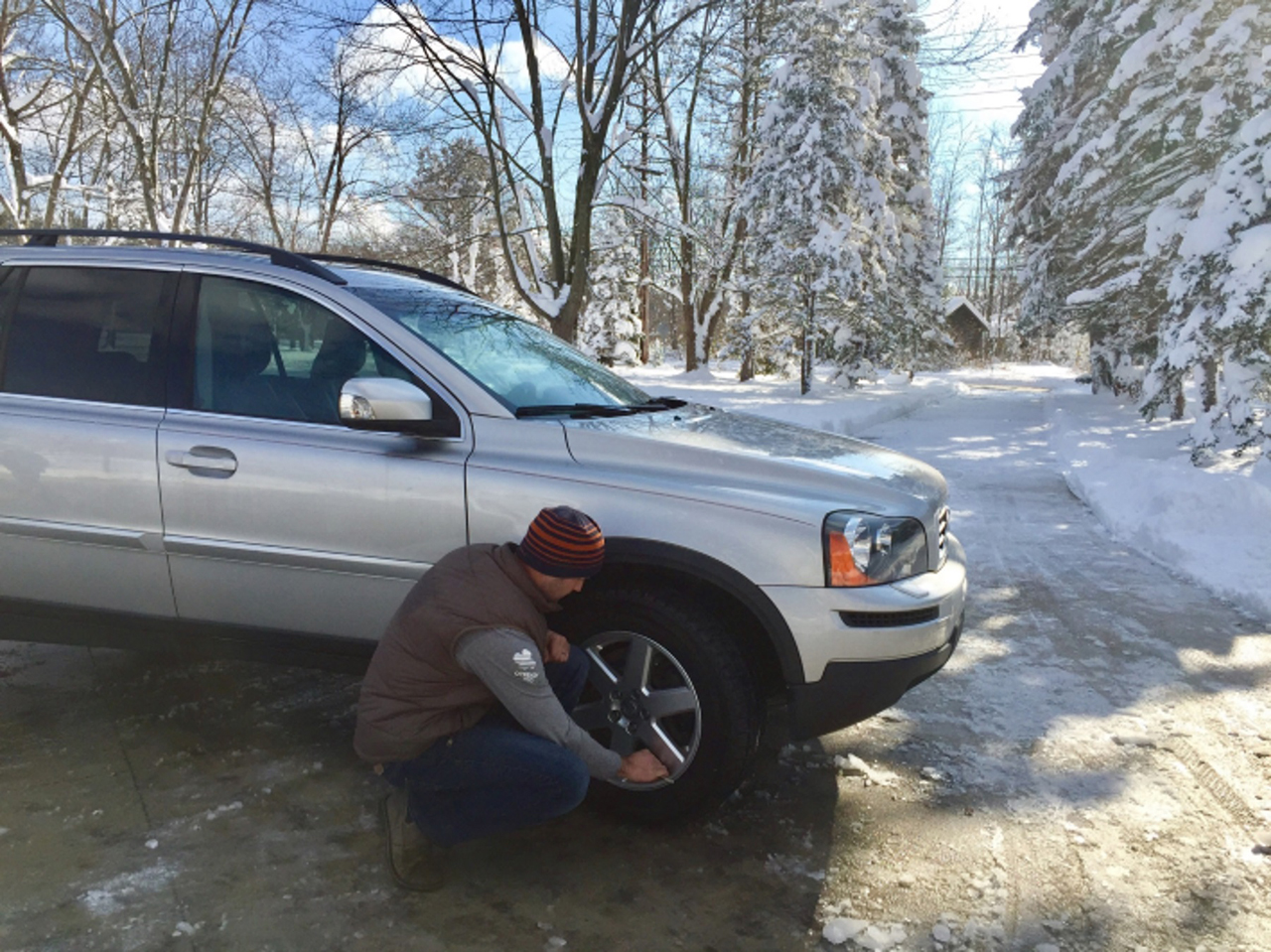(BPT) – State and municipal departments of transportation are gearing up their winter maintenance plans to prepare for snow and ice. In addition to plows, road salt is an important tool to keep roads clear. Every year these agencies stockpile sufficient salt to last the winter season and store it in strategically placed barns.
“Snowfighters” (those responsible to clear snow from roadways) are out in force in salt trucks before snow and ice is expected. They pretreat the roads with salt brine, a mix of road salt and water. This brine sticks to the road surface and helps prevent ice from forming in the first place, making winter travel safer. And the safety issue is a substantial one. Statistics from the U.S. Department of Transportation show that there are about 115,000 people injured every year on snowy, slushy or icy pavements and more than 1,600 people killed each year on winter roads.
The good news is that a Marquette University study showed that a good winter maintenance program that uses road salt reduces accidents on winter roads by about 88 percent and can reduce injuries by up to 85 percent.
A key goal for many agencies is tracking their winter maintenance actions in great detail and ensuring that their actions are optimized to meet their goal of safe roads for the driving public. In Idaho, for example, new salt-spreading units allow them to track how much salt they apply to the road, and other sensors allow them to check that the road is responding as expected to the salt application, and is not getting slippery. This also helps reduce costs. They have seen a 29 percent reduction in annual winter maintenance costs since introducing the new technology.
Maintaining mobility is also a big concern, as people need to get to work or the grocery store and kids need to get to school. Clear roads allow ambulances and other emergency vehicles to perform their life-saving services. A study for the American Highway Users Alliance found that the cost of having roads closed down is substantial — between $300 million and $700 million a day for a state in direct and indirect earnings. One study suggested that the costs of maintaining the road system during a winter storm are completely recovered in the first 25 minutes of winter-maintenance activities, because of the improvements in safety and mobility that the improved road conditions bring about.
Care for the environment is also a key issue in safe and sustainable snowfighting. Several studies have shown that when road salt is properly applied at the right time and place to keep roadways safe and passable, environmental impacts can be effectively managed and minimized. Modern roadways are not a natural feature of the environment and are specifically engineered to satisfy our demand for personal and commercial mobility — factors that are basic to the quality of life.
A comprehensive study by environmental researchers at the University of Waterloo and Environment Canada found that when best practices, as outlined in Canada’s Road Salt Code of Practice, were used, chloride levels were reduced by half. Another study by the Guelph University Research Review found that recycling stormwater runoff could reduce chloride peaks in streams without adversely affecting road safety. In cooperation with the city of Toronto, researchers used the EPA Storm Water Management Model to design computer-controlled stormwater containment systems to serve as a guide for future mitigation applications.
Salt is our most important winter resource, because it saves lives and protects the economy. It is economical and extremely effective.





